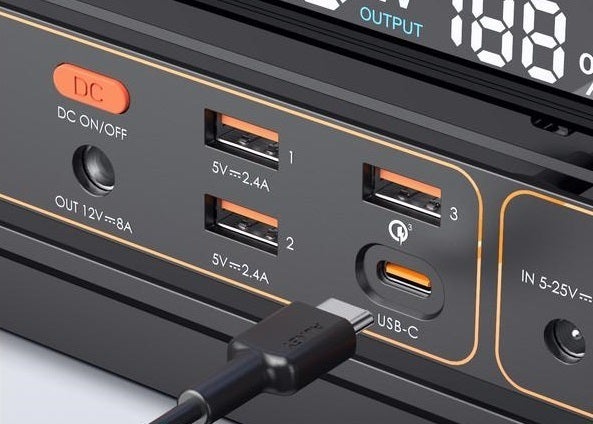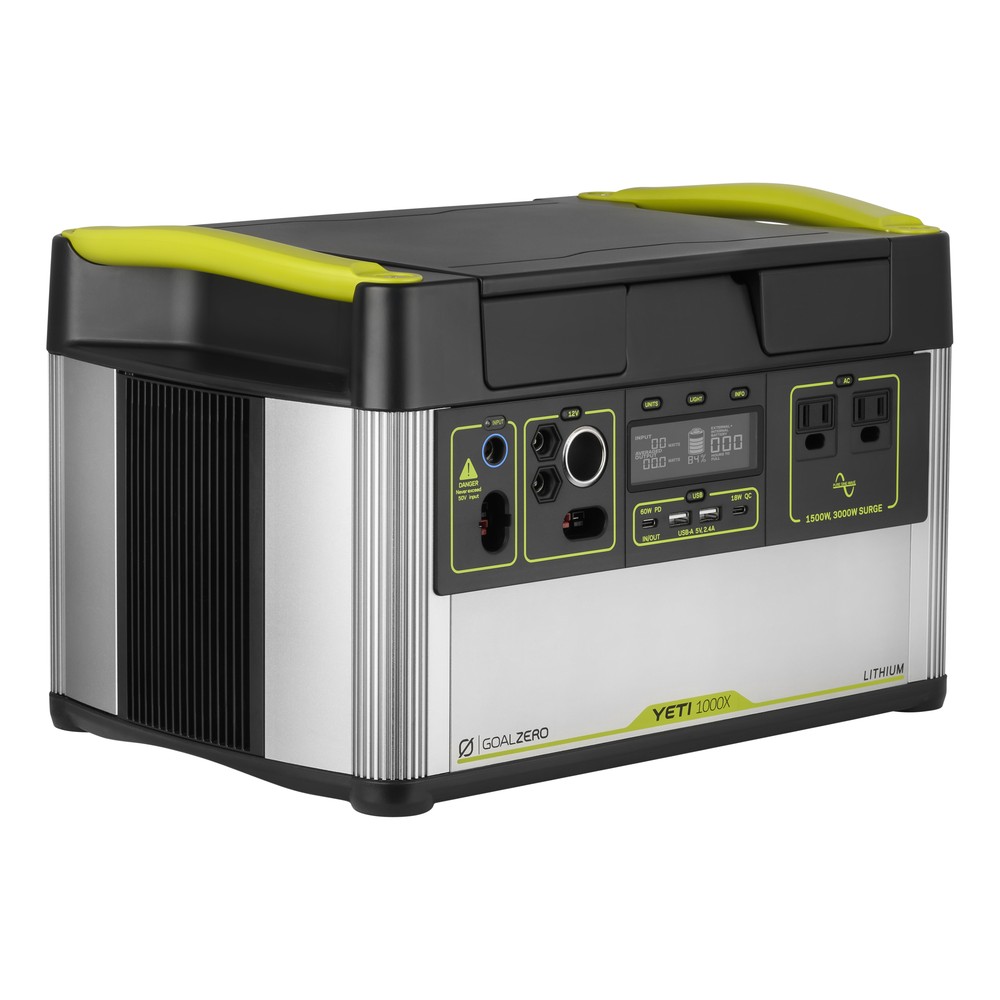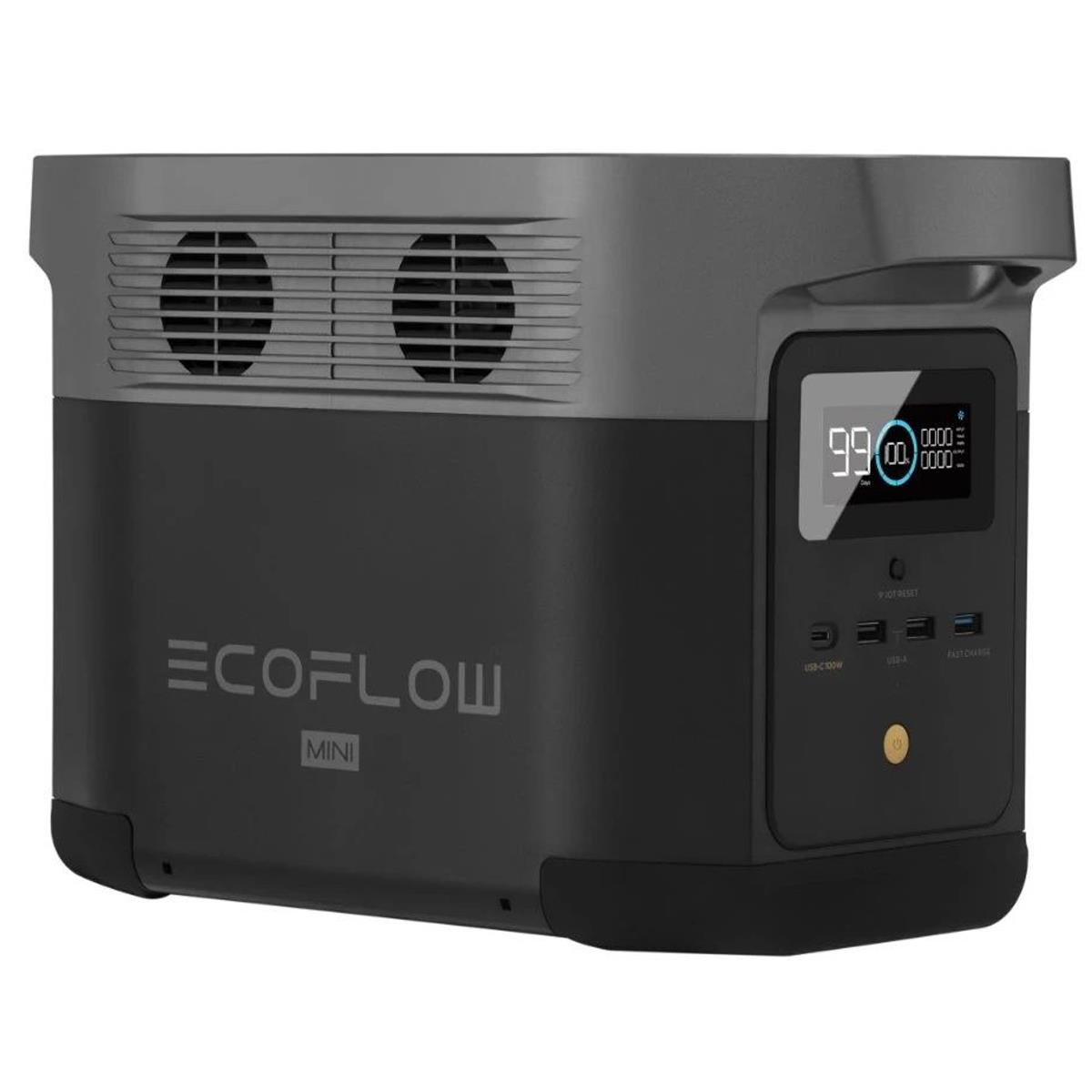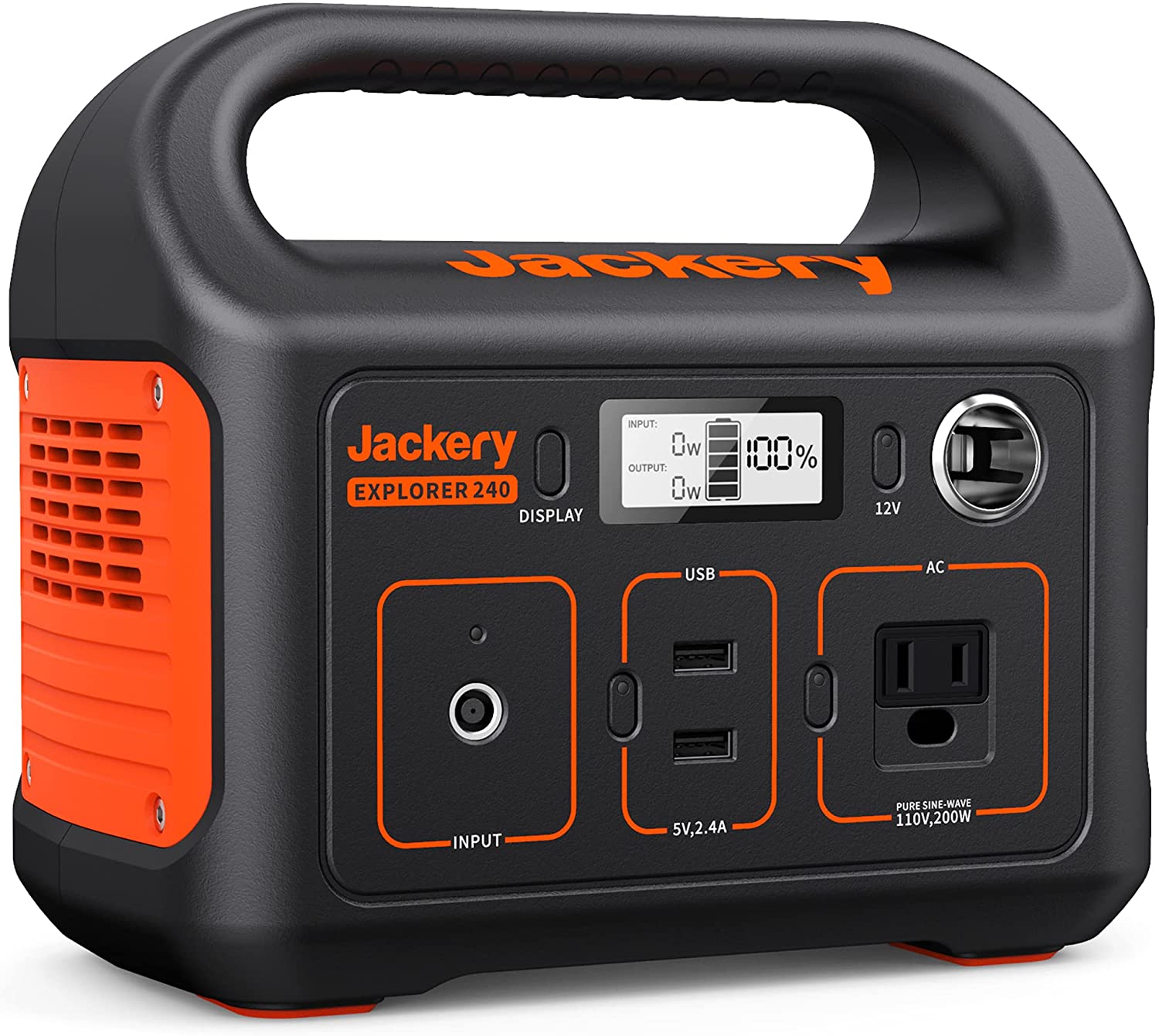Best portable power stations: Top picks for ultimate preparedness
It’s easy to view power stations as nothing more than really big portable battery packs, but they offer much more than just a way to recharge your phone or smartwatch. A portable power station can light a room by powering lamp, or in some cases keep a mini-fridge running during a power outage. Sure, that’s an extreme example, but if you live where storms routinely threaten to knock out power, it’s a realistic one.
Power stations are also convenient when you’re camping over a long weekend, as a way to keep lamps and other gadgets powered. Or maybe you have a backyard movie setup with a projector and speakers—a power station can help you run. The point is, a power station is as versatile as you need it to be.
Over the last year (and then some), I’ve been testing power stations from various manufacturers. Below you’ll find those I’ve tested, along with a few of my top picks for different use cases. Below my recommendations, you can learn more about what features matter most when you’re shopping for a power station, and how I test and evaluate review units.
If you’re in the market for a more modest power source—one you can toss into a backup—see our roundup of best power banks for our top picks of those.
1. RAVPower Portable Power Station 252.7Wh Power House – Best overall

Whether you’re looking for a power station for weekends off the grid, or you want to be prepared for a power shortage at home, RAVPower’s 252.7Wh portable power station can meet the demand. It’s got a nice complement of ports, as well as a carrying handle and a case, and it’s affordably priced.
Read our full
RAVPower Portable Power Station 252.7Wh Power House review
2. Aukey PowerTitan 300 – Best overall runner-up


Aukey’s PowerTitan is in a close tie with RAVPower’s power station above. It also has high-efficiency, a nice array of ports, a fairly fast re-charge time, and an affordable price. Although, RAVPower’s option is the less expensive of the two, giving it a slight edge.
Read our full
Aukey PowerTitan 300 review
3. Goal Zero Yeti 1000X – Best for preppers

It you want maximum preparedness, Goal Zero’s Yeti 1000X is the choice for you. This 983Wh power station can run multiple appliances in the even of a power shortage. What’s more, the Yeti system is expandable, offering such options as a Home Integration Kit for connecting the 1000X to your home’s electrical system, or a battery expansion for increasing your the power stations capacity. Granted, this kind of power costs a high price.
Read our full
Goal Zero Yeti 1000X review
4. EcoFlow DELTA mini Portable Power Station – Best high-tech option

This compact yet burly 882Wh power station covers all the bases by offering the capacity and ports for meeting your off-grid power needs. It also throws in a couple extra high-tech perks that make it stand out. The power station can connect to your Wi-Fi network, and then deliver status updates to an app on your phone. There’s also an “X-Boost” option that can be enabled or triggered automatically for loads that exceed 1400W.
Read our full
EcoFlow DELTA mini Portable Power Station review
5. Anker Powerhouse 200

Anker is a popular name in battery packs, and the Powerhouse 200 applies that heritage to this bulked-up backup power source. It’s got a nice, friendly design, a good selection of ports, and is relatively portable at just six pounds. It’s a capable product too, just not quite as efficient or capacious as others here costing the same price.
Read our full
Anker Powerhouse 200 review
6. Goal Zero Yeti 200X Portable Power Station

Like the Anker Powerhouse 200, there’s a lot to like about Yeti 200X. It’s got a sturdy build, the full complement of ports you’d expect, and a handle for easy portability. But you can get more for your money with either of our top two choices.
Read our full
Goal Zero Yeti 200X Portable Power Station review
7. Jackery Explorer 1000 Portable Power Station

You can probably get the gist of Jackery’s Explorer 1000 from its name. Yep, it offers 1000Wh of power to keep household appliances or camping gear humming. It’s heavy, though, at 22 pounds, so it’s not a backup power source you’ll casually take on an outing to the park. It’s also expensive. But cost and weight are fair tradeoffs when you want the kind of coverage this power station offers.
Read our full
Jackery Explorer 1000 Portable Power Station review
8. Jackery Explorer 240 Portable Power Station

The Explorer 240 is a smaller version of the Explorer 1000 above. It’s got a smaller capacity (240Wh), a smaller number of ports, and a smaller price. It’s a decent option for modest, space-saving backup needs.
Read our full
Jackery Explorer 240 Portable Power Station review
9. RockPals 300W Portable Power Station

We might have had a more favorable view of the RockPals 300W power station if it wasn’t a redesign that removed features we were fond of—namely a larger status LCD screen, and dual built-in flashlights. In exchange it has a smaller footprint, and fairly middling performance.
Read our full
RockPals 300W Portable Power Station review
What to look for in a power station
Not all power stations are created equal. For example, some stations have the ability to power a microwave, while others can maybe deal with the power requirements of a desktop gaming computer. When shopping for a power station, there are some important aspects to keep in mind. In the list below, I try not to get too nerdy.
- Consider what you plan on using the power station for to decide what the ideal capacity and physical size of the power station is. The stations are filled with batteries to keep your devices powered, and batteries are heavy. When shopping for something you want to take camping, for example, it makes sense to take a lighter approach. But if you want something to use as a backup power source in your home, size and weight may not matter all that much.
- Check the capacity of the power station. Often the capacity of the station is included in its name, but that’s not always the case. For example, the Anker 535 PowerHouse may lead you to believe that its capacity is 535Wh, but in reality it’s 512Wh. Always read the fine print or spec sheet to see the exact capacity. For reference, a capacity of 512Wh is roughly 7x more than our top pick for best portable battery pack, the Mophie PowerStation XXL.
- While it’s not realistic to know how you’ll use the power station in the future, try to guesstimate the number of ports and outlets you’ll need.
- Here’s the nerdy part. Some power stations list modified sine wave or pure sine wave on their spec sheet. If you plan on using the power station to charge your phone, laptop, or even power a lamp, a station that lists “sine wave” is perfectly fine. However, if you’re going to use the station for medical equipment (like a CPAP machine), a microwave, or anything with a motor, you’ll want to shop for a station that can output a pure sine wave signal.
- Lastly, it’s important to check the watt output of the device(s) you need to power and compare it to the power station’s rating. Usually a power station will list two different outputs: a standard output and a peak output. The standard output is what it’s built to run at for extended amounts of time, while the peak output is what it can handle for brief periods of time — such as when you first power on a device and it draws more power.
How we test
To start the test, I first charge the station to ensure the battery is full after it arrives. Next, I connect a PortaPow power monitor and DROK load tester to a standard USB port and let the battery completely empty. I record the results and compare it to the quoted capacity to get the efficiency of the power station.
Once that’s done, I charge the station with the include power adapter. I then monitor the time it takes to reach 100 percent of a charge based on the information on the screen. Some stations leave the screen on while charging so I use a Wyze Camera to create a timelapse of the charging process. Other stations include an estimated time to charge on the display, which times out and turns off after a few minutes. In that case, I’ll check on the station’s progress roughly every hour, as well as near the original estimated time to ensure it’s accurate.
Finally, I connect a 4W desk lamp to the 110V wall plug on each power station. I create another timelapse on a Wyze cam to see how long the lamp remains on.
Based in beautiful Colorado, Jason Cipriani is a freelance writer who contributes to, Greenbot, IGN, TechRadar, ZDNet and CNET.
For all the latest Technology News Click Here
For the latest news and updates, follow us on Google News.
